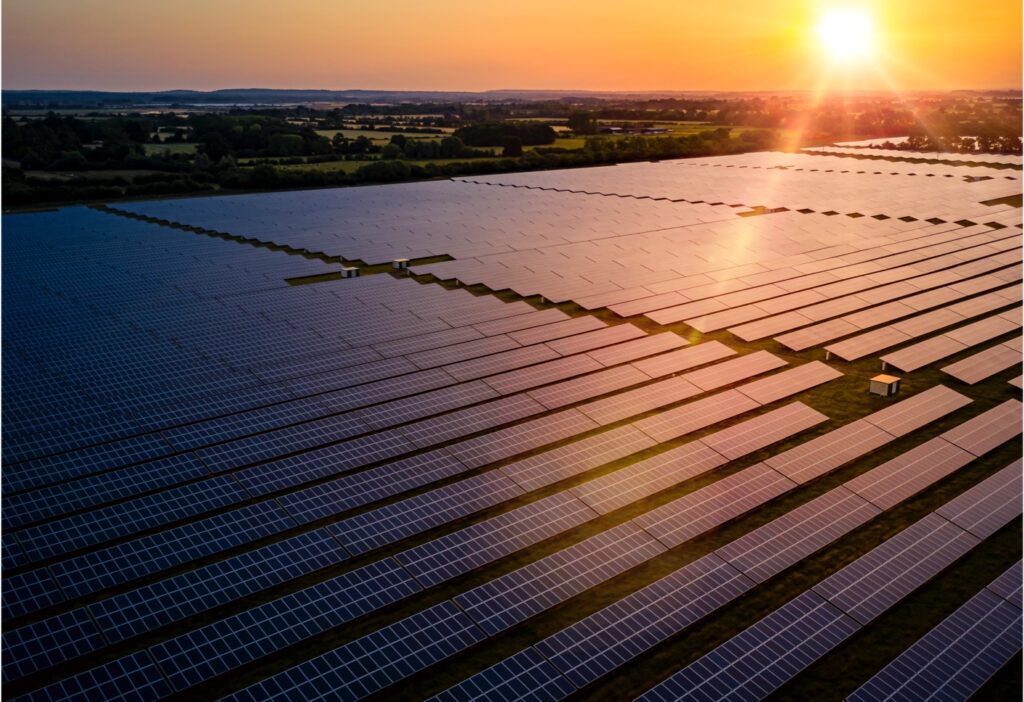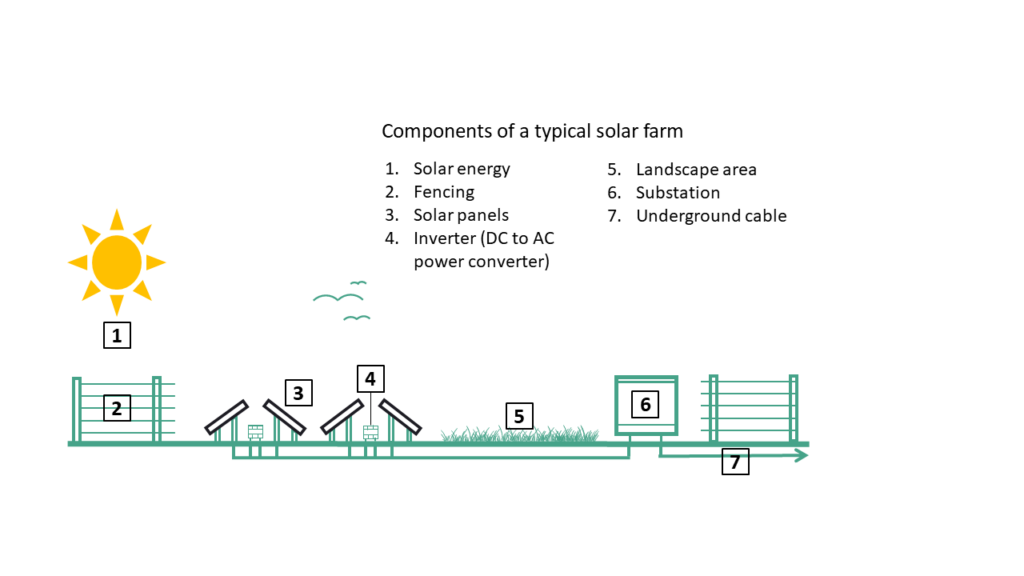Why does the UK need solar farms?
All coal-fired power stations must close by 2025, and there is a national transition to low-carbon sources of energy. The UK is required by law to achieve net zero carbon emissions by 2050.
As this large-scale shift in power source happens, the National Grid estimates UK electricity consumption to double by 2050.
Solar energy is a crucial source of low-carbon power and will help to keep the nation fully powered well beyond 2050.
Energy security is a national priority alongside decarbonisation. Solar energy is affordable, renewable and sustainable.
Energy prices in the UK are among the highest in Europe, and solar power generation plays a vital role in helping to drive down energy costs.
In its current form, Holmside Solar would have a clean energy output of 27 Megawatts – enough to power 12,800 houses a year and save 400,000 tonnes of CO2 over its lifetime.


